Are Monsteras Toxic to Cats? Essential Pet Safety Guide
Author: Min Hui Plants 〡 Sep 02, 2025 〡 1169
1169Understanding Monstera Toxicity for Cats
Monstera plants are a favorite among indoor plant enthusiasts. Their unique leaves add a touch of nature to any room. But are these popular plants safe for our feline friends?
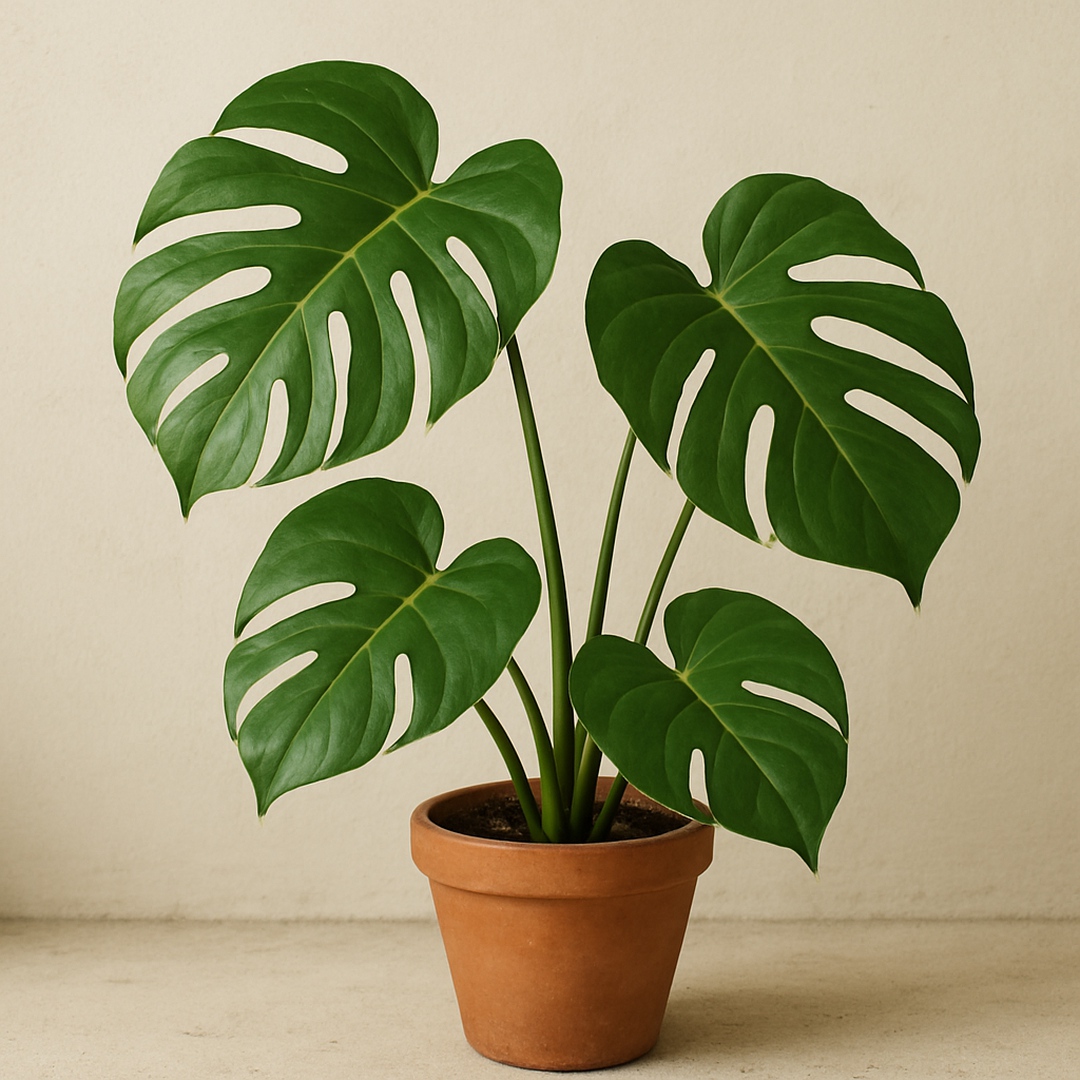
Many cat owners are unaware of the potential risks. Monstera plants contain calcium oxalate crystals, which can be harmful to cats. Ingesting these crystals can lead to discomfort and health issues.
Understanding the risks associated with toxic houseplants is crucial for pet owners. This article will explore Monstera toxicity and offer guidance on pet-friendly alternatives. Keep reading to ensure your home is both beautiful and safe for your furry companions.
What Are Monstera Plants?
Monstera plants, often called Swiss Cheese plants, are popular houseplants. They are loved for their large, unique leaves. The fenestrations or natural holes in the leaves are particularly striking.
Native to tropical regions, they thrive in warm indoor environments. They are easy to care for, making them ideal for beginners. Their ability to purify air adds to their charm.
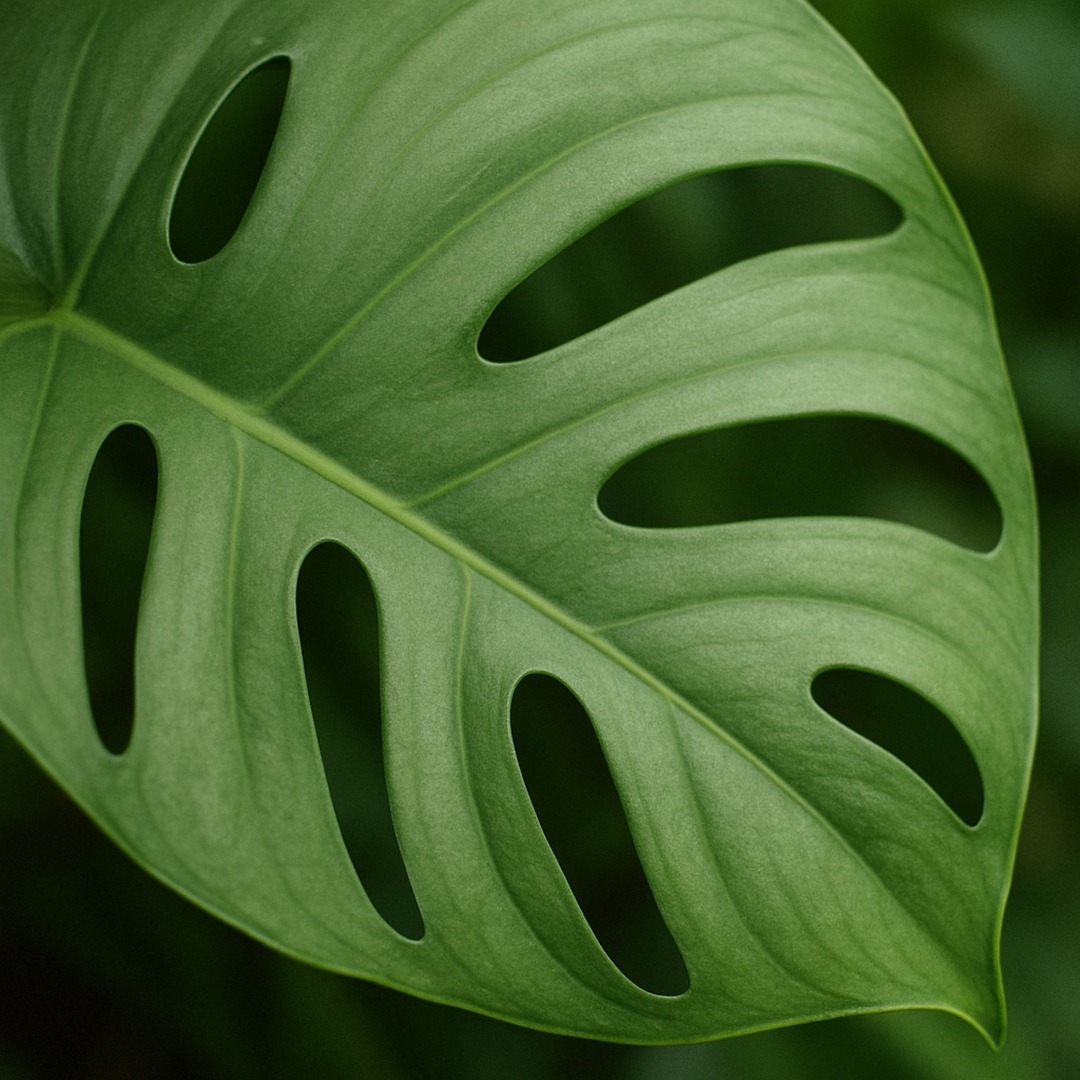
Noteworthy Monstera features include:
- Large, glossy leaves
- Distinctive leaf holes
- Ability to grow tall indoors
These characteristics make them a popular choice for living room indoor plants. Despite their appeal, it's essential to know their potential hazards, especially for households with cats.
Are Monsteras Toxic to Cats?
Unfortunately, Monstera plants are indeed toxic to cats. They contain calcium oxalate crystals. If ingested, these can cause harm to your feline friend.
When cats chew on these plants, they risk encountering these needle-like crystals. This can lead to distressing symptoms. Drooling, vomiting, and oral irritation are common reactions.
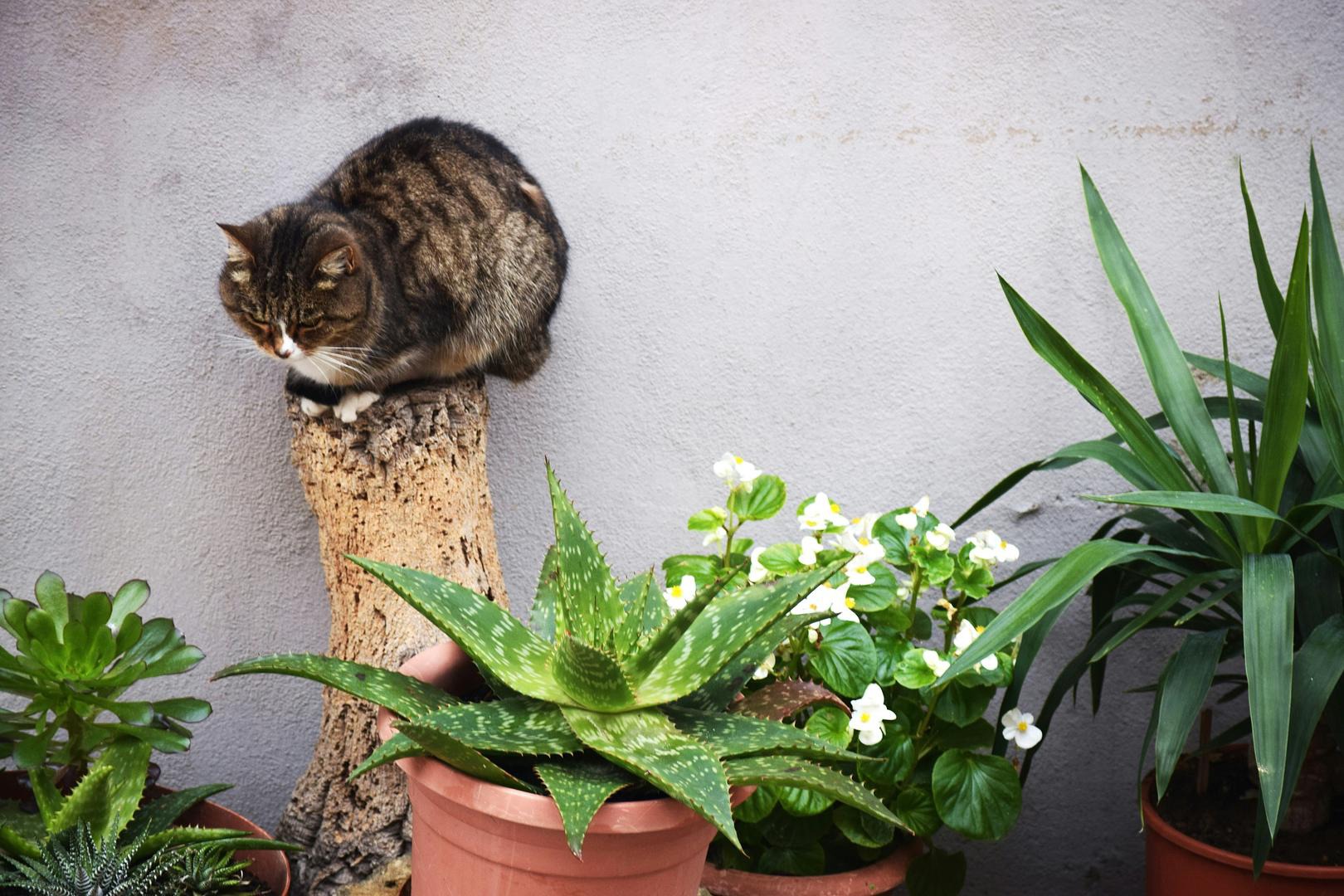
by Chris Barbalis (https://unsplash.com/@cbarbalis)
Key symptoms of Monstera toxicity include:
- Drooling
- Vomiting
- Swelling or difficulty swallowing
- Oral irritation
These symptoms can be alarming for cat owners. Immediate attention from a veterinarian is advised. Early intervention may prevent more serious health issues.
Being informed about the plants in your home is crucial. While Monsteras are beautiful, their risk to cats cannot be ignored. Monitoring your cat's interactions with houseplants helps ensure a safe environment.
Symptoms of Monstera Toxicity in Cats
Cats that chew on Monstera plants might show distress soon after. The presence of calcium oxalate crystals in Monsteras causes irritation. This affects a cat's mouth and throat.
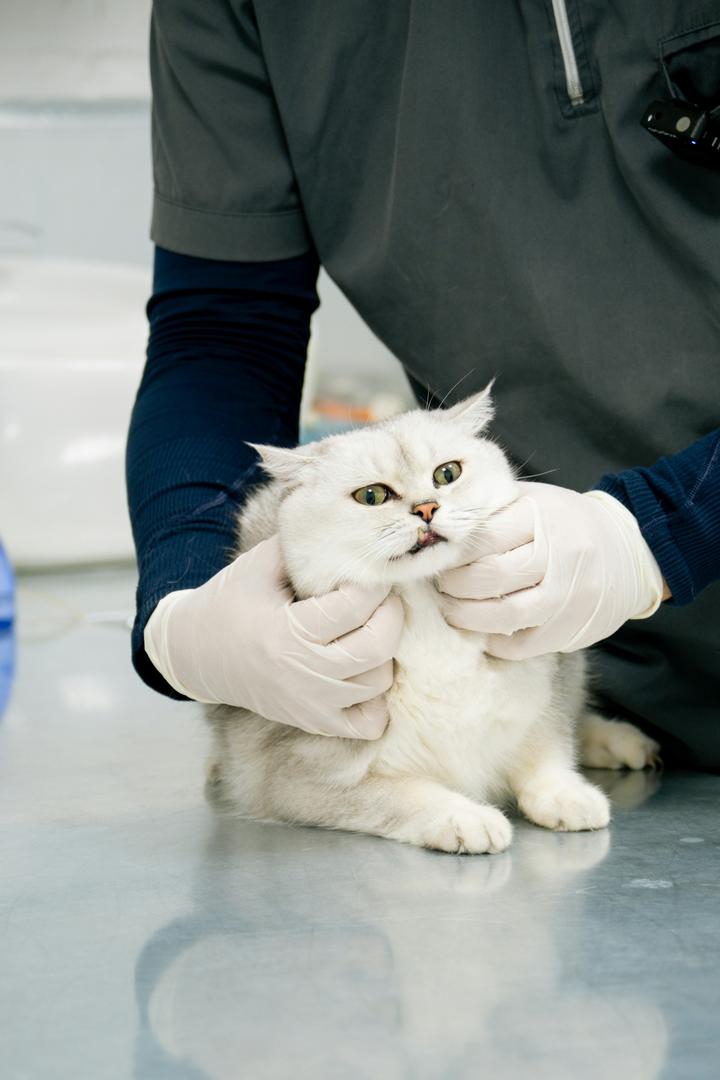
by Sueda Güzeldere (https://unsplash.com/@suedaaa0)
Common symptoms to watch for include:
- Excessive drooling
- Vomiting
- Pawing at the mouth
- Swelling of the oral cavity
These symptoms can vary in severity. Some cats might only show mild signs, while others face more intense reactions. It's important to watch your cat closely if you suspect exposure.
Prompt action can make a difference. Contact a veterinarian immediately if symptoms appear. Quick medical evaluation can prevent further discomfort and potential complications for your pet.
What to Do If Your Cat Eats a Monstera
Immediate action is crucial if you discover your cat has ingested a Monstera. The first step is to remove any plant remnants from your cat’s mouth to prevent further irritation.
Contact your veterinarian as soon as possible for guidance. They might suggest bringing your cat in for a check-up, depending on the symptoms.
You can take the following measures while waiting for professional advice:
- Monitor your cat for any worsening symptoms
- Keep your cat calm and comfortable
- Encourage your cat to drink water
Acting swiftly can lessen the risk of severe complications. Veterinary professionals can provide the best care tailored to your cat’s condition.
Other Common Toxic Houseplants for Cats
Many popular indoor plants can pose a risk to your feline friends. Some are beautiful but harmful if ingested by cats. Being aware of these plants is essential for every pet owner.
The Pink Princess Philodendron is another striking houseplant that is toxic to cats. Its lovely leaves can tempt curious cats, leading to potential health issues. Symptoms can mirror those caused by Monstera toxicity, such as vomiting and oral irritation.
Here’s a brief list of other toxic houseplants to watch out for:
- Snake Plants
- Sago Palms
- Lilies
- Dieffenbachia
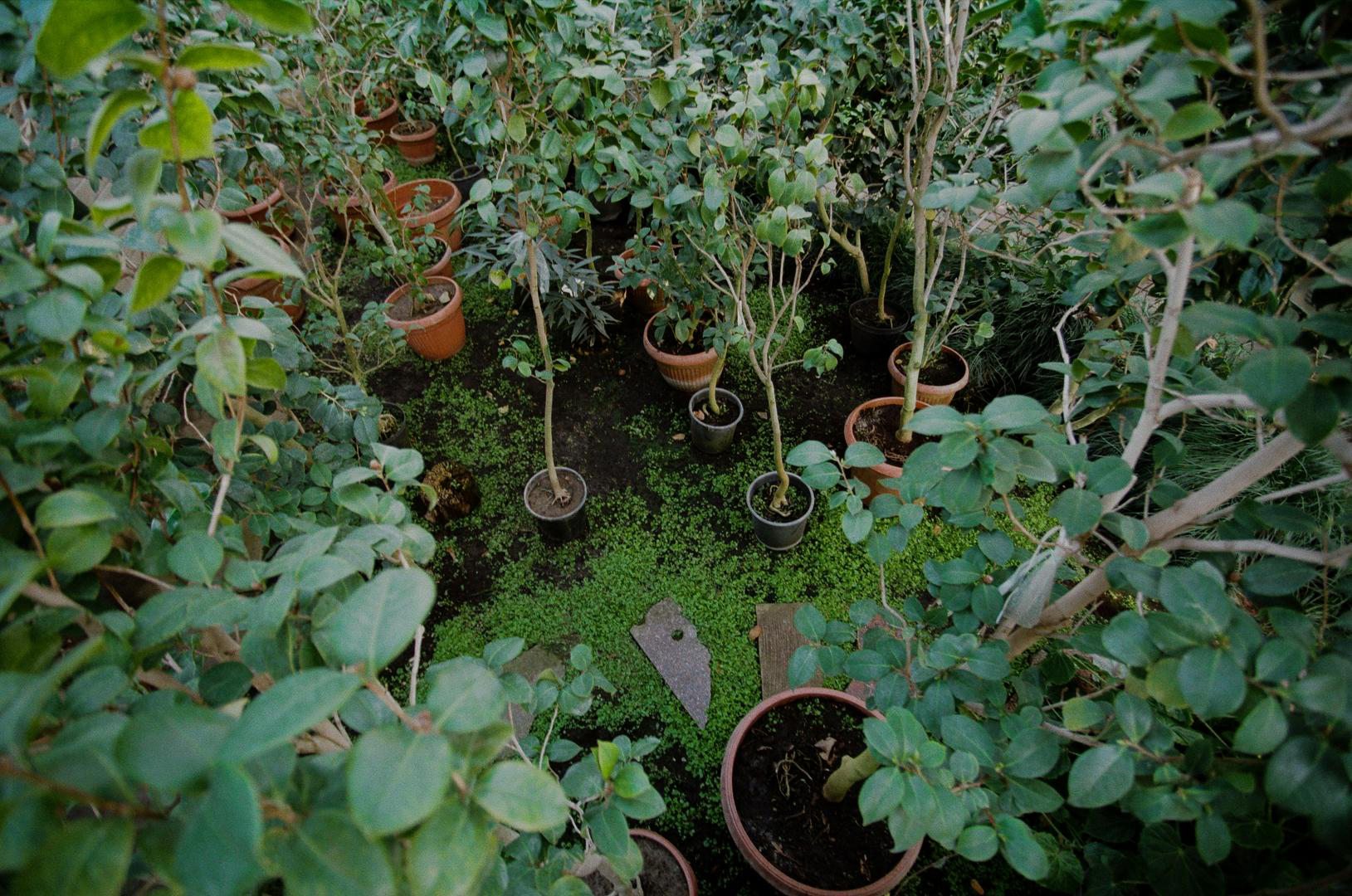
by Andrew Petrischev (https://unsplash.com/@andrewpetrischev)
Identifying these plants in your home ensures a safer environment. Removing or relocating them can prevent any accidental ingestion.
Pet-Friendly Plants for a Safe Home
Creating a home that is both aesthetically pleasing and safe for your pets can be challenging. Fortunately, there are many plants that are non-toxic to cats. These pet-friendly options allow you to enjoy greenery without the worry.
Some plants not only beautify your space but also purify the air, which is a win for both humans and pets. Opting for such plants enhances your living environment in more ways than one.
Here is a list of some cat-safe options:
- Spider Plants
- Boston Ferns
- Areca Palms
- Bamboo Palm
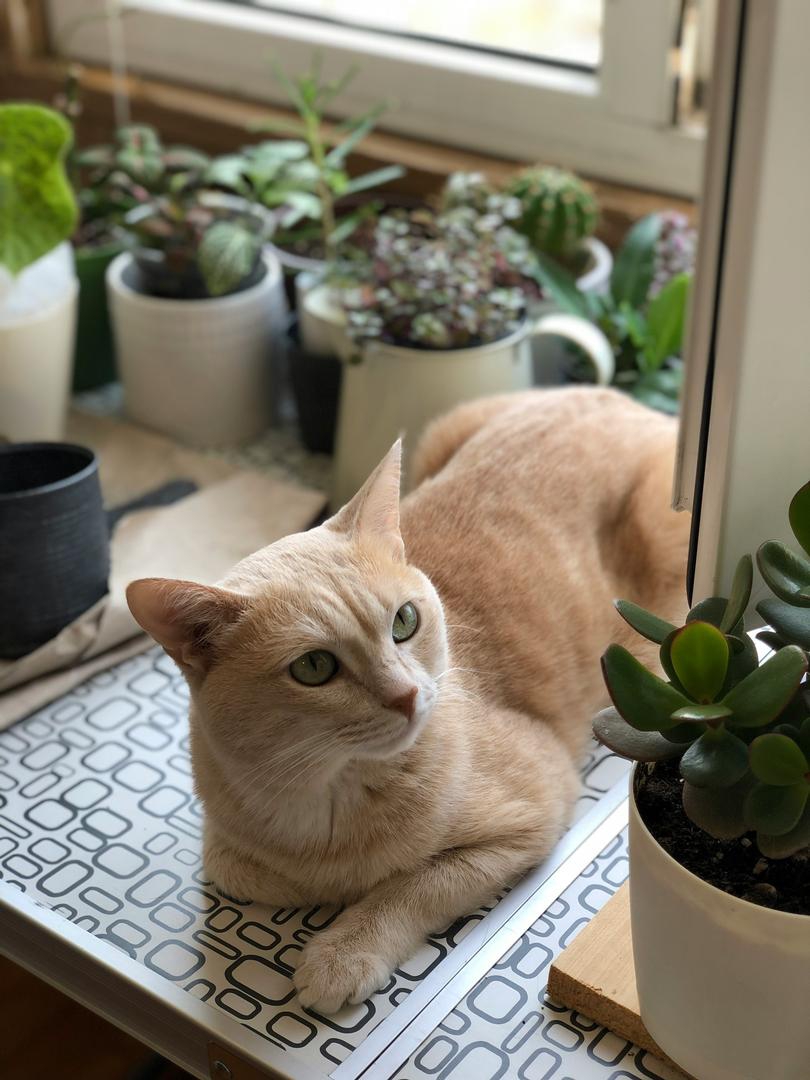
by Julia Smklv (https://unsplash.com/@julia_smklv)
With these choices, you can achieve a vibrant, green home while ensuring your furry companions remain safe.
Tips for Keeping Cats Safe Around Indoor Plants
Indoor plants bring life and charm to a home, but safety is paramount with pets. Thoughtful planning can protect your feline friends from toxic encounters.
Consider placing plants in areas inaccessible to your curious cat. High shelves or hanging planters can be effective. You can also dedicate a specific room for plants, keeping it off-limits to pets.
Monitoring cat behavior around plants helps prevent issues. If your cat is fascinated by a particular plant, redirect their attention or use deterrents. Here are some tips for cat-proofing your plants:
- Use plant nets or guards
- Train cats with safe repellents
- Provide cat grass as a diversion

by Ardi Evans (https://unsplash.com/@ardievans)
These strategies ensure a harmonious living space for both your green companions and playful cats.
Choosing and Sourcing Indoor House Plants Wholesale
Decorating a home with indoor plants is rewarding and buying them wholesale can be cost-effective. Wholesale options are excellent for large spaces or multiple rooms.
When choosing plants, consider their care requirements, light preferences, and pet safety. To source plants wholesale:
- Research online suppliers
- Visit local nurseries
- Attend plant trade shows
These options offer a variety of choices to suit your decor and budget, ensuring a lush, harmonious home environment.
Conclusion: Creating a Cat-Safe, Green Living Space
Creating a cat-friendly home with lush greenery is achievable. By choosing pet-safe plants and being mindful of toxic varieties, you ensure your feline's safety.
Balance aesthetics and safety by selecting plants that are both beautiful and non-toxic. With careful research and planning, you can enjoy a vibrant living space that caters to both your love for plants and your pet's well-being.
